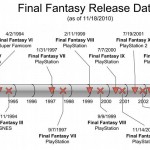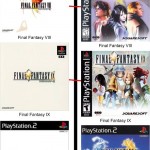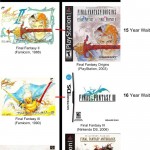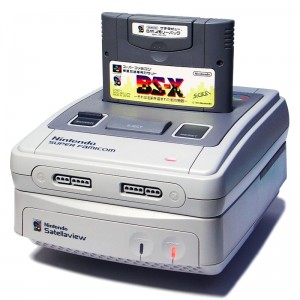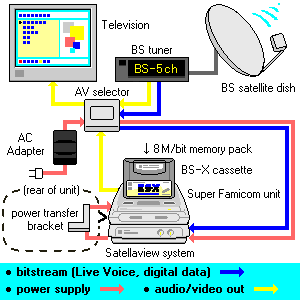I thought this might be interesting to people here stateside. This will mostly just be a picture post, but I will give a little context. Monster Hunter is an action-RPG by Capcom in which you take the role of a, wait for it, monster hunter. The game consists of quests and leveling as well as armor and weapon upgrades. It sounds typical, but there is a large community aspect to the game. I think this is why Japan is so gaga over the game. Japan has a different structure as a country. People commute daily, and most people do something during the ride. Since the population is so dense if your chosen activity to pass the time happens to be playing a handheld system, you can probably bet someone else is doing the same. This lends itself to people questing together without the aid of the Internet. Internet gaming is actually not that popular in Japan as it is in America. Think how big Xbox Live is here. That install base does not exist over there.
Not to delve too far into the reasons why Monster Hunter is popular in Japan, but suffice it to say it’s on par with Pokemon. The latest edition, Monster Hunter Portable 3rd for PSP, was just released on December 1st to great acclaim. It was announced that Capcom shipped over 2 million units within the first week, which is impressive. This doesn’t tell how many were actually sold to consumers, but that is a pretty huge number. I accumulated some pictures people posted on twitter and I kind of wanted to post them here to show the popularity it has. All credit to the original photo takers. I apologize for not writing who I got them from. If you recognize it as being yours (and you won’t because I have the smallest readership in recorded history) just let me know and I will be more than happy to give credit where credit is due.
*Update*
According to recent numbers from Famitsu (Famous Japanese gaming magazine) Monster Hunter Portable 3rd sold 2.14 million units in 5 days. That is sold to people not shipped to retailers. That is insane!

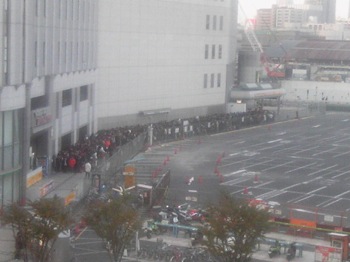



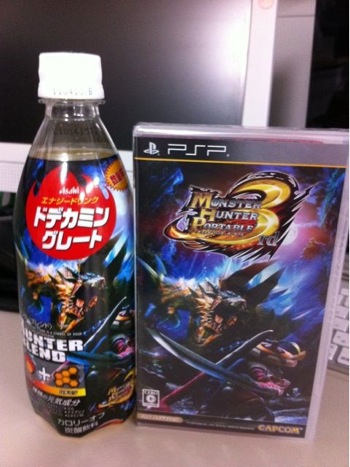
Game with Special Edition Drink
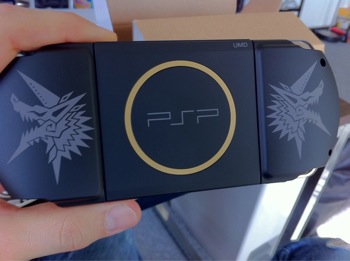
Limited Edition Monster Hunter Portable 3rd PSP
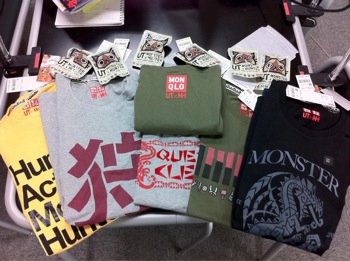
Monster Hunter Shirts at Uni-Qlo (A chain of popular clothing stores in Japan. Think the Gap)
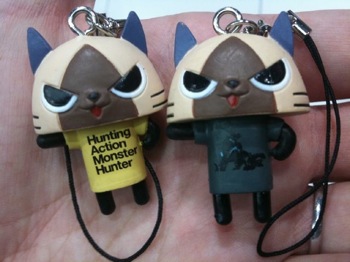
Monster Hunter Phone Charms with Uni-Qlo Shirts

